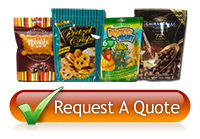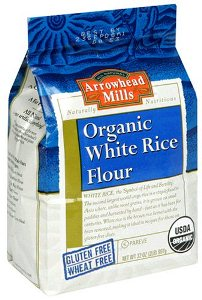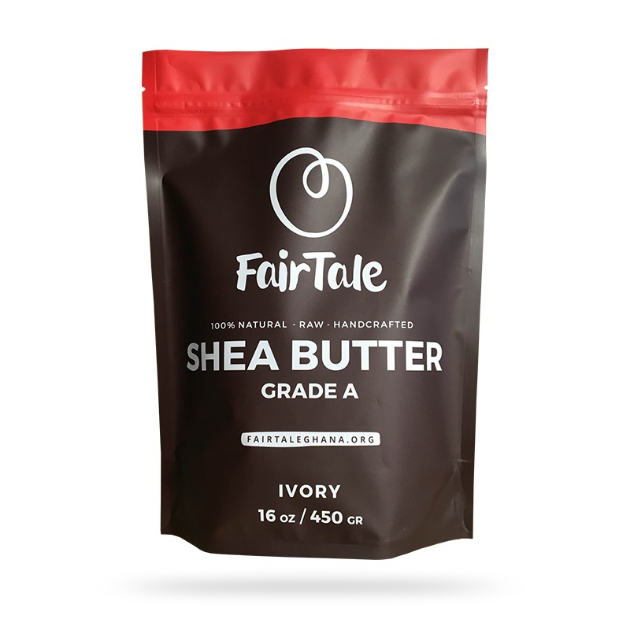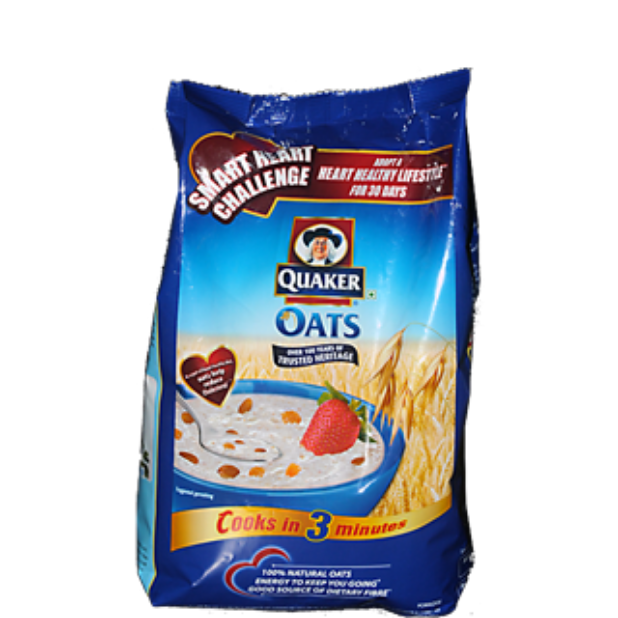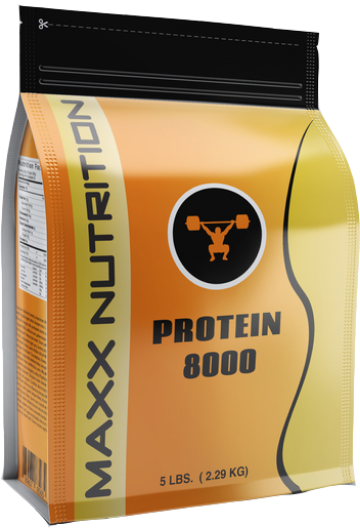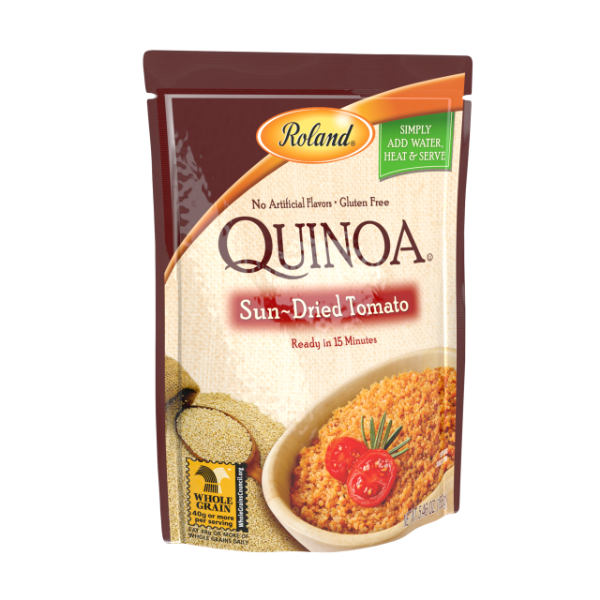It seems like sugar is on everyone’s minds these days – first it was gluten, then GMOs, and now the sugary sweetener is the latest additive gaining a bad rap in the food and beverage industry. Anyone who has ever stepped foot in a dentist’s chair knows that sugar can lead to cavities and tooth decay. But we’re hearing more about how too much of the substance is linked to obesity, diabetes, and cardiovascular disease.
So, what can you do to lower your sugar intake and still satisfy that sweet tooth? Well, you could turn to products that contain artificial sweeteners. Despite being used in low-calorie sodas and other snacks, aspartame, saccharin, and sucralose are under fire for their negative effects on health as well. Food and beverage companies can certainly still produce foods containing sugar, but they may have to abide by new regulations in the near future.
The U.S. Food and Drugs Administration is proposing possible changes to Nutritional Facts label requirements on food and beverage packaging to help consumers control their sugar intake.
This proposal would require companies to include the percentage daily value for all added sugars, in addition to grams and teaspoons included in the product. Product packaging and labeling already includes the daily percentage value of calcium, cholesterol, total fat, saturated fat, dietary fiber, iron, sodium, and total carbs, so adding sugar to the mix just makes sense – especially to today’s health-conscious eater.
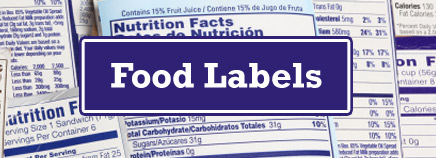
(Image Source: http://kidshealth.org/)
Sugar is known to add a lot of calories to food and drinks without providing nutrients. Here’s an example: Cola-Cola contains 65 grams of added sugar in one 20-ounce bottle. That’s about 16 teaspoons, according to NPR. If this FDA proposition passes, you’ll see right on the packaging that this amount of sugar represents a whopping 130% of a person’s recommended daily intake. Yes, Diet Coke or Coke Zero are two options that do not contain this exorbitant amount of added sugar, but the products are made with artificial sweeteners are full of chemicals – something today’s consumer is trying to keep out of their diets.
Fortunately, if this proposal does pass, manufacturers of food and beverages can use their food packaging to communicate their commitment to encouraging healthy habits among customers.
Retooling their recipes to include natural sugars will win over customers – and the percentage of added sugar on the food packaging’s Nutrition Facts label will be much lower than competitors’. Instead of making products with unhealthy added sweeteners like high-fructose corn syrup, companies can opt for natural, sweet-tasting ingredients like molasses, fruits, dates, and honey.
Food packaging plays an important role in communicating a product’s quality and ingredients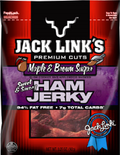 to consumers. Traditionally, most brands have placed their company logo proudly on the front of the container and included required nutrition information on the back. However, today’s food packaging allows companies to place their ingredients and Nutrition Facts anywhere, and a front-label placement may help encourage healthier eating habits among customers. It also shows a brand’s commitment to honesty and transparency, which is especially important for building customer loyalty.
to consumers. Traditionally, most brands have placed their company logo proudly on the front of the container and included required nutrition information on the back. However, today’s food packaging allows companies to place their ingredients and Nutrition Facts anywhere, and a front-label placement may help encourage healthier eating habits among customers. It also shows a brand’s commitment to honesty and transparency, which is especially important for building customer loyalty.
Brands that choose to retool their recipes to include natural sweeteners instead of added sugar can use flexible food packaging, like stand up pouches, to incorporate the new healthy ingredients into the overall branding and marketing.
Instead of adding buzzwords like “natural” or “simple” to the front of the package, why not include the specific ingredients that show off what makes your product truly sweet and special? “Made with honey” or “sweetened by delicious berries” inform customers about exactly what’s inside the food packaging and what makes the product stand out from the other sugary treats on store shelves.
Food packaging has the ability to help customers change their lifestyles – when they notice a colorful, eye-catching product on the shelves, they’re more likely to gravitate toward it. If a company’s food or beverage contains less sugar and more nutritious ingredients, and quickly grabs’ shoppers’ attention, it can do its part in making healthy diets the new standard in the United States and beyond.
Related Posts:

